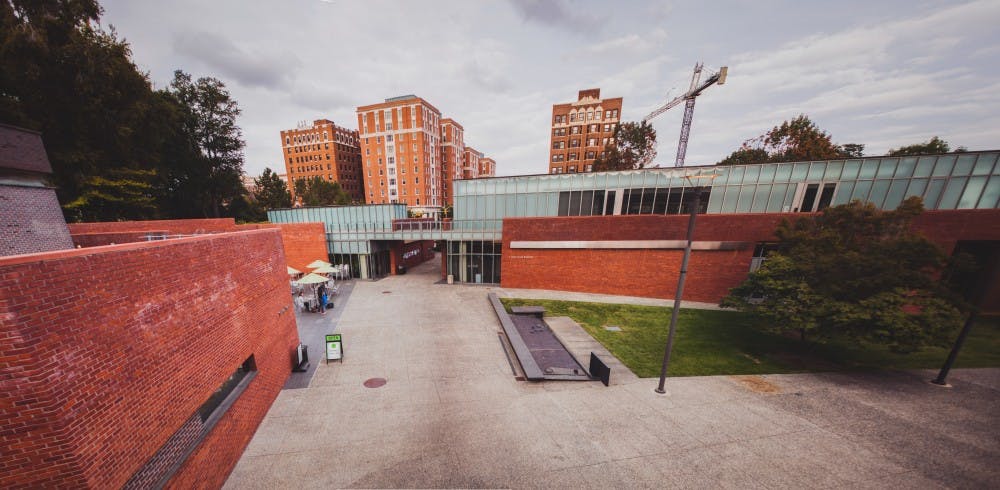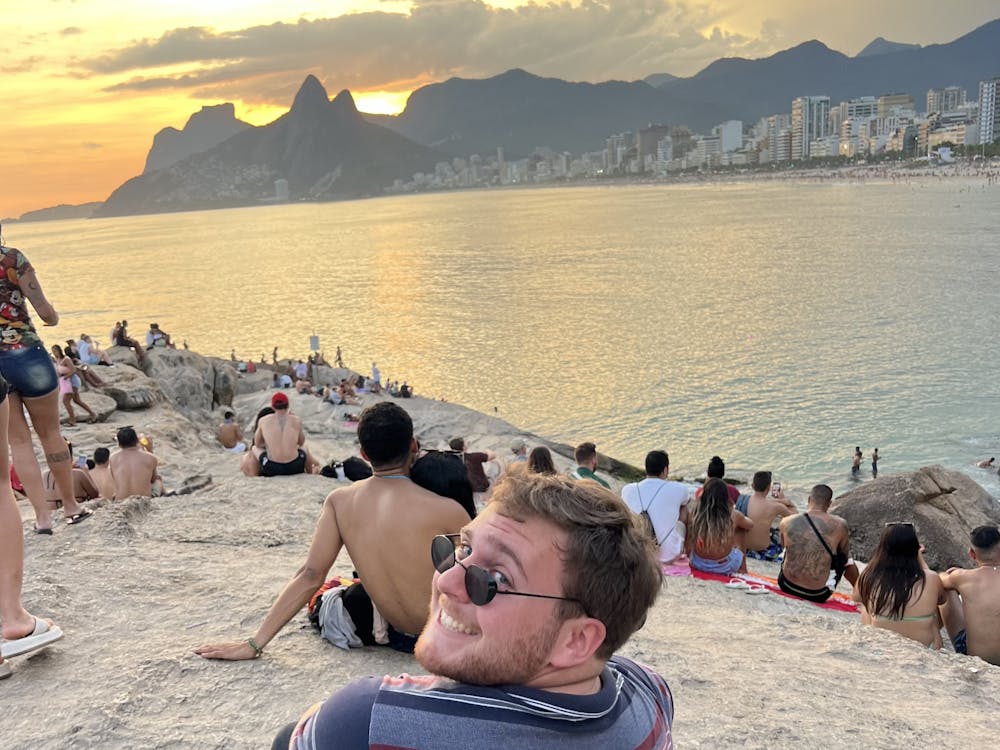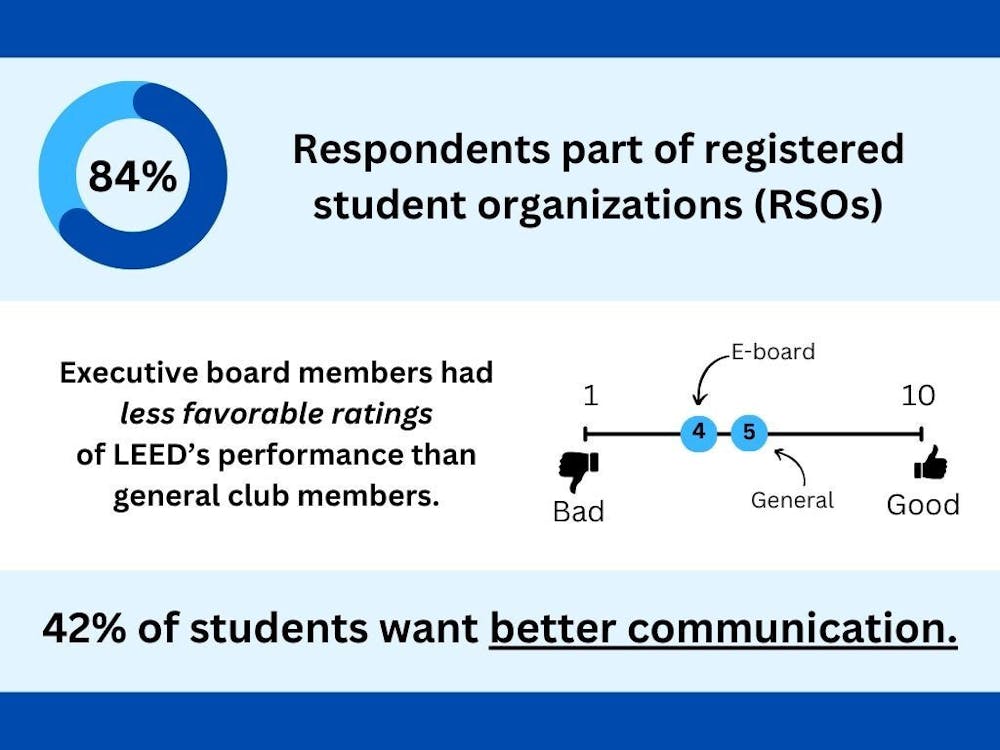Craig Hankin enrolled at Hopkins as a pre-med undergraduate in 1972. That first semester, he bombed his chemistry and calculus midterms and switched his major to History of Art.
This semester he announced his retirement after 32 years as the director of the Center for Visual Arts.
After graduating early in 1975, Hankin studied at the Maryland Institute College of Art (MICA), where he earned his MFA in painting in 1979. At MICA, he taught four classes a week, and he looked for an opportunity to continue teaching after graduating. Landscape painter Eugene Leake, then-director of the Homewood Art Workshops, offered him the chance to teach a drawing class.
“Timing and luck — so much of life comes down to that,” Hankin said.
While Hankin was still an undergrad, the University hired Leake to open the Homewood Art Workshops, a series of non-credit evening workshops that attracted students, faculty and a group of the wives of faculty members who called themselves the Little Old Ladies in Tennis Shoes.
Hankin knew that they had to offer classes for credit if they wanted to build attendance. The workshop groups would start enthusiastically but would lose energy when midterms hit.
“They’d start to disappear a little bit because they had work to do for their regular classes, and often by finals the attrition rate would have been as high as 40 or 50 percent,” he said. “Kids would just stop coming because they were committed to other work.”
Though Hankin said that they met little resistance trying to make the classes credited, he added that it was a gradual process.
“When we finally got to the point where we were teaching five classes a week — that seemed like a big accomplishment,” he said. “When we started adding classes that weren’t drawing and painting, that also was a mark of significant growth.”
When they first added photography classes, the program didn’t have a darkroom to develop film. To improvise, they would send the photos out to be developed each week.
“It was very makeshift,” Hankin said. “Our program has always had a sort of DIY quality to it.”
He said that lack of space has always been a challenge. The program moved from a studio in the basement of Merryman Hall, a building now known as Hodson Hall, into the Mattin Center in 2001.
The move doubled their space, and Hankin said that their budget nearly doubled as well so they could hire new faculty and add new classes. According to Hankin, the program underwent a few years of relief after leaving the Merryman “dungeon.” However, it wasn’t long before they ran into the same problems with lack of resources.
“Our waitlists began to increase again, and without additional financial support I pretty quickly realized that we were going to go through the same sort of cycle,” he said. “We’d be able to do more than we had before but not as much as we would like.”
He said that he hoped the program would be able to acquire studio space off-campus to increase their space, add a ceramics studio and expand their digital photo lab, adding that there were times when he felt as though the arts were not a priority at Hopkins.
“The University loves the idea of having the arts on campus,” he said. “They just seem to have a problem paying for it. The arts cost money like anything else — it doesn’t happen by magic. I’ve gotten very good over the years at doing a lot with very little.”
Last year, the University rejected Hankin’s proposal to rent about 5,000 square feet of space in Station North.
As a third generation Baltimorean, Hankin has deep roots in the Baltimore arts community. He said that young people in the Baltimore arts scene are fighting for arts in the City.
“The arts are always a bastard stepchild,” Hankin said. “They always have to fight hardest for the little piece of turf that they get and for whatever small voice they finally have at the table.”
He said that even something as simple as a mural could help the morale of people who live in neighborhoods struggling with crime, drugs and other problems.
According to Hankin, the University is in a position to do more.
“Hopkins has an opportunity through the arts to really have a positive effect and impact on the parts of Baltimore that are constantly struggling,” he said. “Our program stands ready to help them do more. We always have.”
Struggles aside, Hankin said that he has loved coming in every day to work with Hopkins students, who he says he understands because he was one.
“I feel like I’ve been the beneficiary of their intelligence and their talent all along,” he said. “I consider myself beyond fortunate to have had this job.”

















Please note All comments are eligible for publication in The News-Letter.